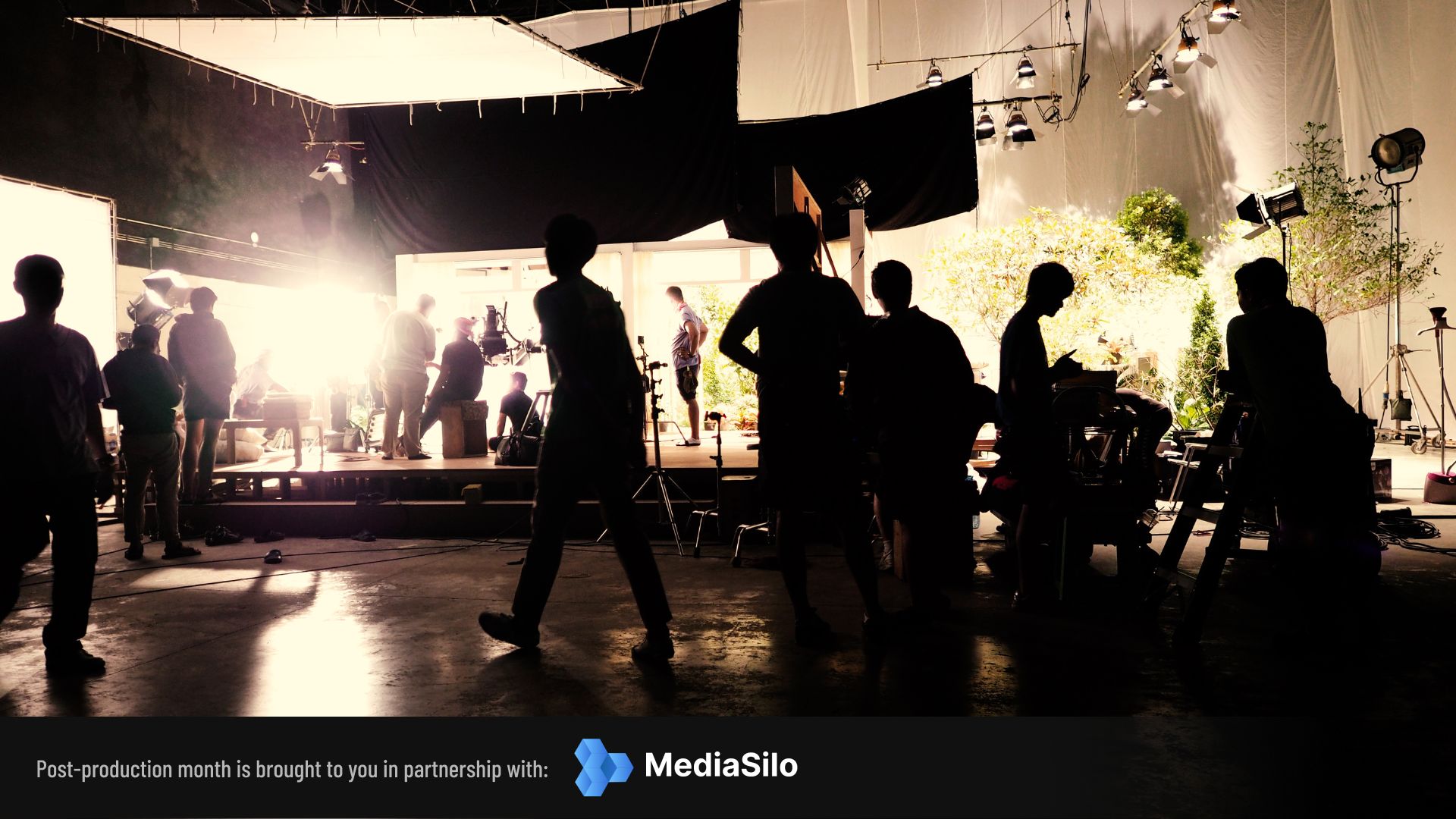
A VFX pipeline is a process that breaks down the different workflow stages into logical and efficient tasks. Large production pipelines include many people working together as a team. To manage a large-scale movie, you need to break down the workflows into manageable tasks which will be completed on time and within the budget.
Pre-Production
Every film project starts with research. The team decides their technical approach here which involves software preferences and talks about the different techniques that will be used in the film. Here is where the initial concepts and ideas are pitched.
CGIs are a time-consuming process. As soon as the production team is finished storyboarding their project, the VFX team jumps in. They start by planning and preparing different scenes to develop their concept art. This gives them a clear idea of what needs to be done in order to make the scene come together.
Watch how Director Mark Bone creates his storyboards for projects:
Pre-visualisation starts by laying out the scene in digital and physical sets. Once this is finished the VFX artist goes and actually creates the different models and effects required for the film. This may sound fairly simple, but one scene may include modeling, texturing, weight-painting, rigging, animating, and all other special effects that require special skills. These special skills sometimes mean a totally separate team depending on the scale of the movie. The latest season of The Rings of Power required over 1,500 VFX artists from 20 different VFX studios.
Production
This is where the actual shooting of the film is done. VFX artists will work together with the production crew to deliver useful content on set. They also take reference pictures of everything such as props, environments, background, actors, etc. These photos will be used later on as 3D models to enhance the realism of the scene.
3D modeling is one of them and it is one of the most labor-intensive aspects of CG effects. It turns concept art into a digital subject by creating model props, environments, buildings, vehicles, and other objects that help the director to create his or her vision. The first example is motion capture. The 3D modelers create the character that the actor is playing using a combination of VFX software such as Autodesk Maya and Pixologic Z-Brush. To do this, 3D modelers use hundreds of reference photos and 3D scans with motion capture suits. Another example is the matte painting which is one of the earliest VFX techniques used in filmmaking. They create backgrounds from magical forests to castles and other 3D landscapes.
Post-Production
Post-production brings all the elements of the film – video footage, special effects, CGI, music, and sound. Post-production is the most labor intense stage in the VFX pipeline. For animation, the rigging team will build a digital skeleton of its movie character or a system of controls that animators then uses to animate the character. This is done with motion capture cameras that use the data collected from the actual production.
The FX team is the action crew. Their task is to add simulation elements to the film such as explosions, fire, smoke or other destruction for realistic results. Polishing is also applied over existing scenes to enhance the visuals. Another way of adding final finishes is texturing. This adds surface color and other textures to the 3D models, making the models look as realistic as possible. Humans are given their skin, with detailed characteristics and texture for the ultimate result.
Watch this interesting behind-the-scenes video, where the production team takes anti-aging effects to the next level:
Lighting is everything. Once the objects and characters are finished, proper lighting is added to make a computer-generated scene look realistic. This is applied throughout the 3D scene. The light, color, and intensity of the original shot piece are enhanced while making sure shadows are on point. Once the sequence of frames is rendered, they are given to the compositor to bring all the VFX elements together.
The last stage in post-production is compositing. This process involves taking all the elements of the films and then layering them on top of one another. Colour correction, masking, and other stitching are applied to achieve the final results. It is the compositor’s job to make sure that real-life objects and characters are engaging with computer-generated effects and make everything look seamless and realistic. This is why it is often referred to as stitching, since it makes all the pieces blend together seamlessly.
Tags: Post & VFX


Comments